Earth
Sign up for our newsletter
We summarize the week's scientific breakthroughs every Thursday.
-
 Climate
ClimateHow scientists wrestle with grief over climate change
With climate change altering our world at an increasing pace, scientists who monitor and study nature are frustrated and grieving.
-
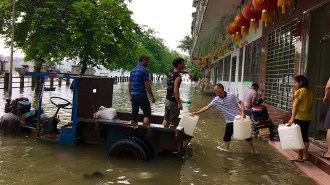 Climate
ClimateEconomic costs of rising seas will be steeper than we thought, unless we prepare
A study estimates 4 percent in annual global GDP losses by 2100 due to sea level rise, unless people curb emissions and prepare for flood risks.
By Megan Sever -
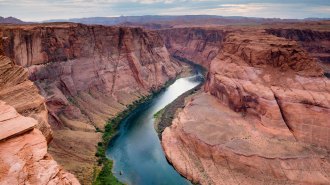 Climate
ClimateClimate change is slowly drying up the Colorado River
Annual water flow in the Colorado River decreased by over 11 percent due to warming in the 20th century, a new study estimates.
-
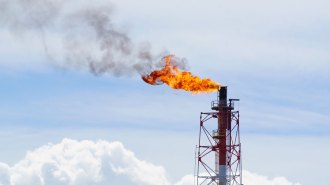 Climate
ClimateFossil fuel use may emit 40 percent more methane than we thought
Ice cores suggest natural seeps release less methane than was estimated, meaning industry produces nearly all of today’s geologic methane emissions.
-
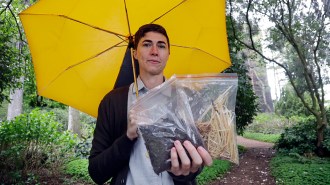 Science & Society
Science & SocietyTurning human bodies into compost works, a small trial suggests
Experiments test the effectiveness and safety of human composting, which may soon be an alternative to burial or cremation in Washington state.
-
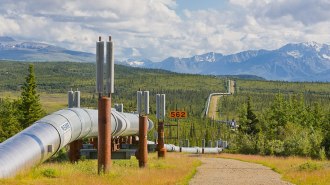 Environment
Environment50 years ago, protests and promises launched the Trans-Alaska Pipeline
50 years ago, the upcoming Trans-Alaska Pipeline prompted an economic boom amid outrage from environmental and Native American groups.
By Mike Denison -
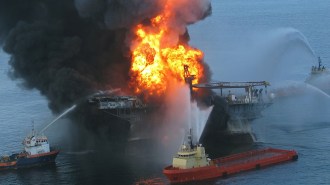 Oceans
OceansThe Deepwater Horizon oil spill spread much farther than once thought
Computer simulations reveal the full extent of the 2010 Deepwater Horizon oil spill in the Gulf of Mexico.
-
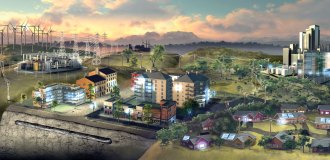 Tech
TechThe U.S. power grid desperately needs upgrades to handle climate change
The climate is changing faster than the U.S. power grid is adapting. Smarter grids and smaller grids could help.
-
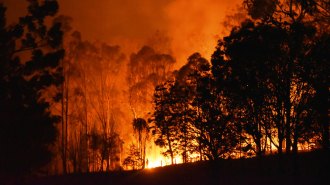 Ecosystems
EcosystemsWill Australia’s forests bounce back after devastating fires?
Intense bushfires that have blazed down Australia’s eastern coast could have long-lasting effects on the continent’s unique plants and animals.
-
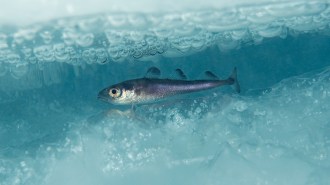 Oceans
OceansNoise pollution from ships may scare Arctic cod from feeding grounds
Melting Arctic sea ice is opening up northern waters to increased shipping, and the vessel noise is taking a toll on Arctic cod.
-
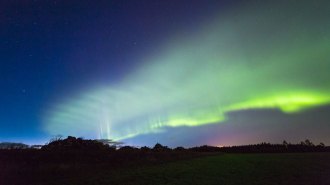 Earth
EarthHere are 5 of the weirdest auroras, including the newly spotted ‘dunes’
A newfound type of aurora dubbed the “dunes” joins the ranks of black auroras, STEVE and other obscure auroral phenomena.
-
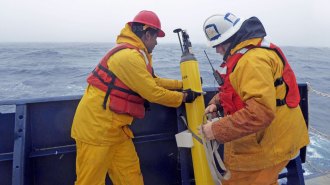 Climate
ClimateClimate change may be speeding up ocean circulation
Circulation in the top 2,000 meters of the world’s oceans has increased as a result of faster winds around the globe, a study suggests.